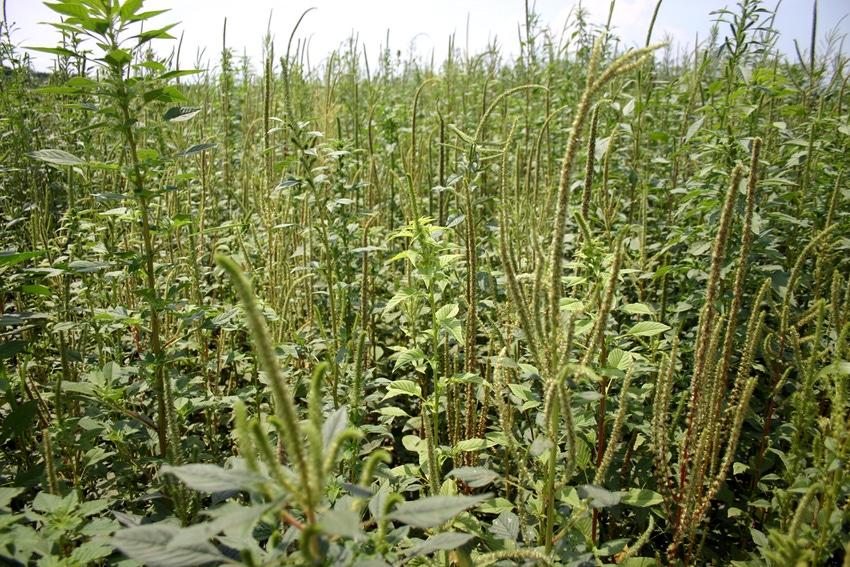September 8, 2011

Dr. Jason Bond, one of my favorite young weed scientists, had an excellent article recently about preserving Ignite and the LibertyLink technology. It troubles me greatly to see how far we have pushed the Roundup Ready technology over the cliff.
I thought the LibertyLink technology would be much more rapidly accepted, but we must deal with where we are now. It is apparent the acreage of LibertyLink crops will explode next year.
I recently heard a speaker talking about a four-step process in dealing with negative change. I thought the points were very fitting for what we have been through with resistant weeds in the South.
The first step was disbelief and denial. We have certainly had plenty of that and in hind sight it lasted about three years too long.
The second step was anger and blame. Heck, I have had some of that directed at me, but I am a big boy.
The third step was reluctant acceptance. I would say that best describes this year.
The fourth step was managing the change. Weed control has changed and those who manage the change are the ones who will survive.
I have stated in many articles that the ideal situation is not to switch all of the cotton and soybean acres to LibertyLink and stay in that system. There have been several articles recently about the wholesale change to Ignite herbicide either in PhytoGen or LibertyLink cotton.
The question now is if and when a grower can get back out of that system. My concern is he can not — at least not without some new technology. I see the same thing coming in soybeans. Most growers have not switched to LibertyLink until the pigweeds essentially prevented harvest of the previous crop. Several have asked when they can rotate back to Roundup Ready. I would like to think they could after a couple of years of clean LibertyLink soybeans, but that remains to be seen.
A huge part of managing change now is going to be learning to use the LibertyLink and Ignite herbicide correctly. At present we are doing a lot of things that are going to contribute to premature failure of the system. Most second- and third-year LibertyLink growers have clean fields. Some of the first-year growers have struggled in some instances. Again it is about learning a new system and managing change.
Perhaps the biggest change that has to be made is in application timing. Spraying 3-inch to 4-inch weeds does not mean 34-inch weeds. I have heard every reason imaginable this year for why herbicide applications were not made timely. I fully realize that this was a difficult year for getting herbicides applied. However, managing change means finding ways to overcome Mother Nature rather than blame her.
It may involve buying more spray equipment. I have already had one grower tell me at least one and perhaps two additional sprayers were going to take the place of the new combine he had planned to buy. If you hire someone to do your spraying, it may mean making sure your applicator has enough equipment and will spray your Ignite timely. If not, begin making other arrangements for next year now.
Another key to helping manage timing is through the use of residual herbicides. Do not fall into the trap that just using a residual will always “buy time.” However, through the proper use of residuals and overlapping residuals you can make things much easier.
In the beginning I did not think it would be necessary to overlap residuals in a LibertyLink program as you now do in a Roundup Ready program. However, with the tremendous pressure we are putting on the LibertyLink program right out of the gate, I have changed my mind in a lot of cases. It may be necessary to overlap residuals just to make sure we get some of them activated.
Properly activated residual programs contribute to success by both reducing the number of weeds present at the time of the postemergence application and delaying emergence of the weeds.
About the Author(s)
You May Also Like




